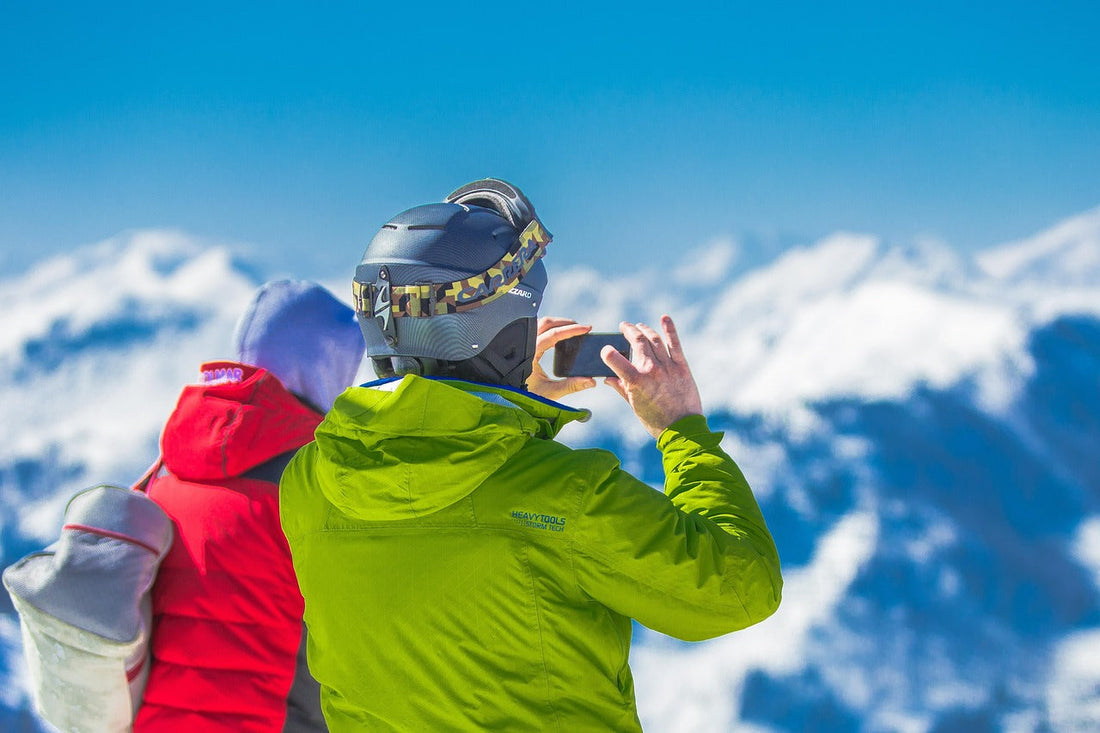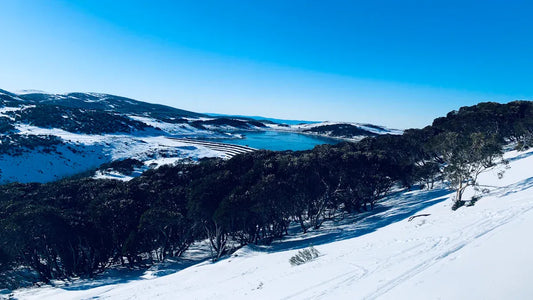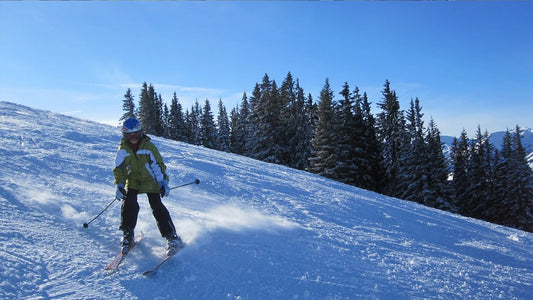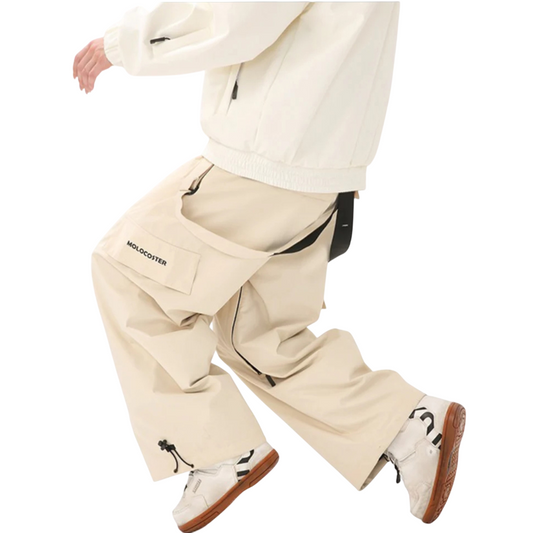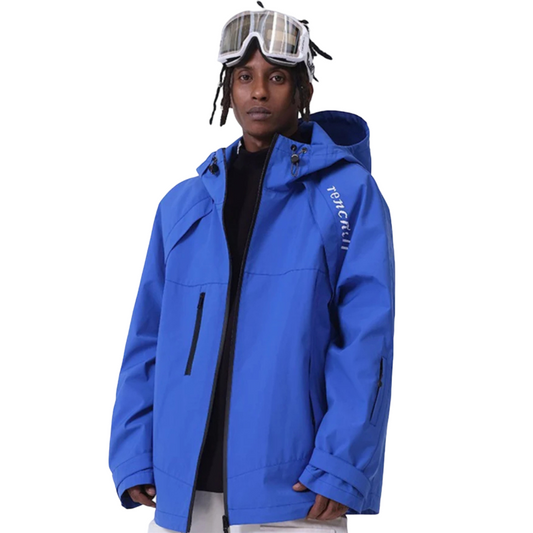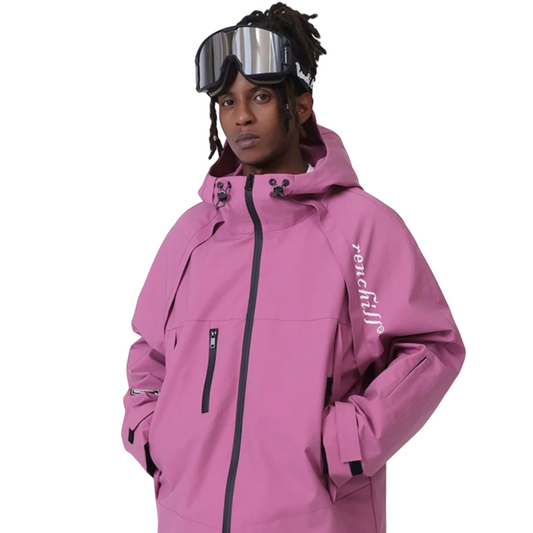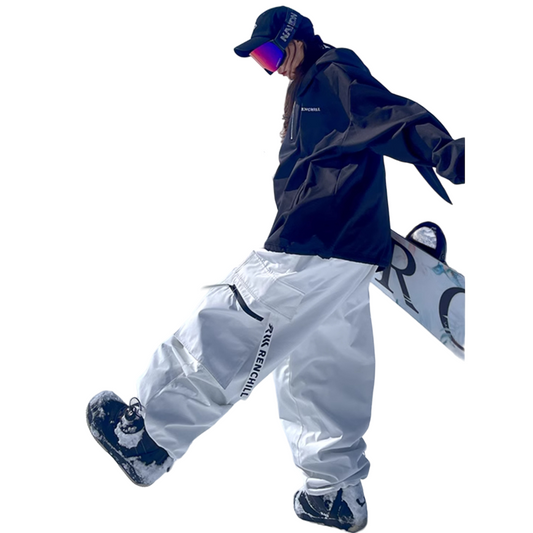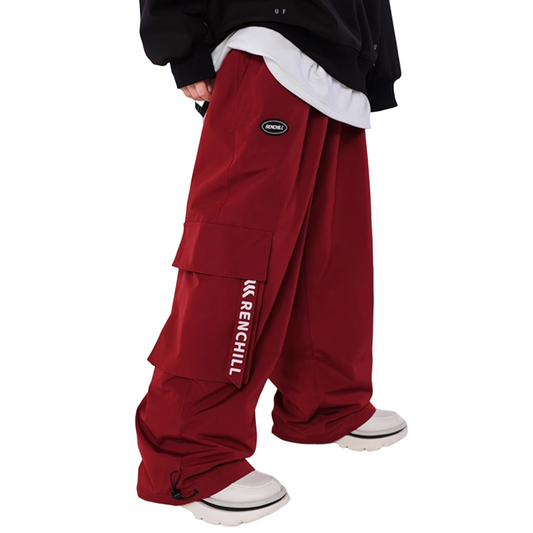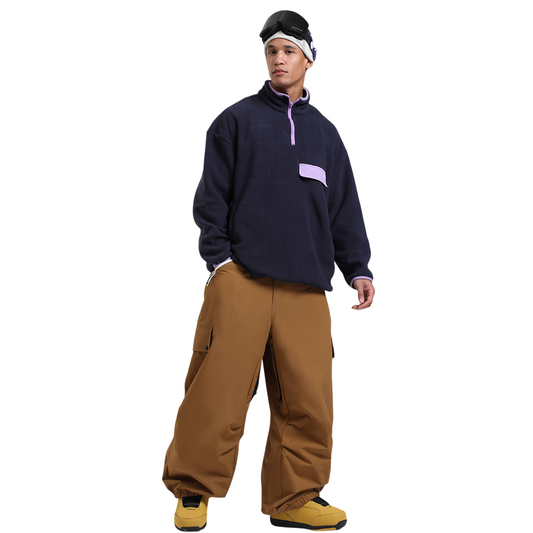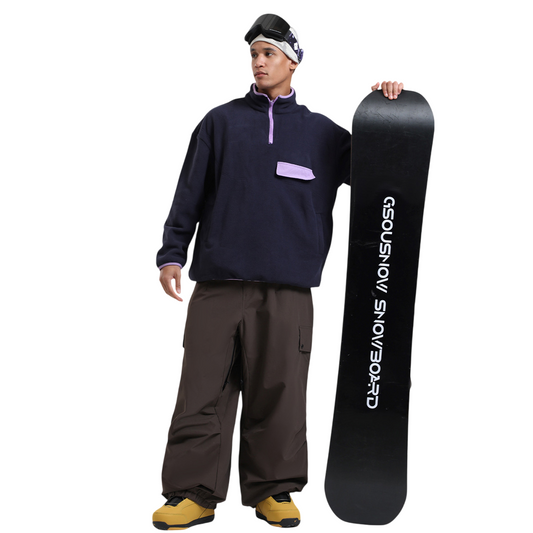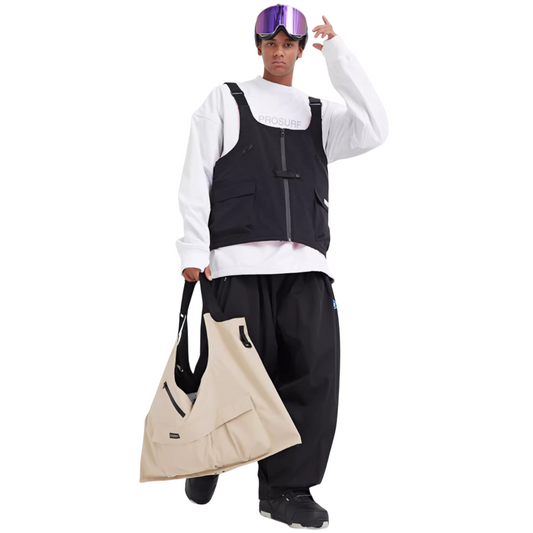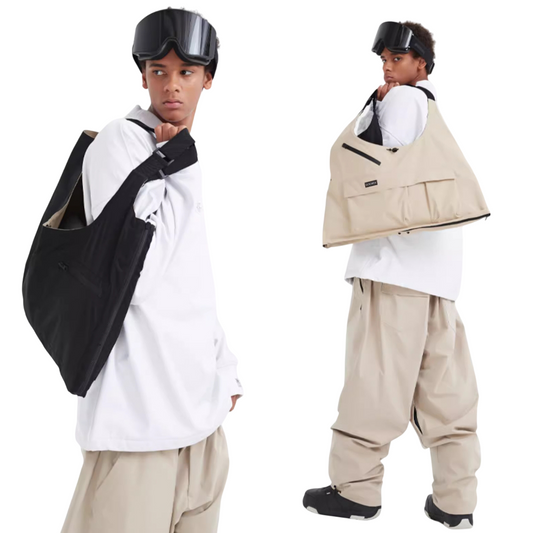Why Choose a Ski Jacket Under $200?
If you're looking for the best ski jacket under $200, you're aiming for something that keeps you warm, dry, and comfortable without breaking the bank. In fact, you can find a ski jacket under $100 that surprises you with its performance. The right choice should feature top-notch insulation, effective waterproofing, and breathability to ensure comfort on the mountain.
SNOWMOCACA shines as an affordable option, offering free shipping on orders over $99. This jacket proves that you don't have to spend a fortune to get great protection against the elements. When choosing the best ski jackets, it’s essential to focus on insulation and waterproofing, which are the key features that will help you stay warm and dry while hitting the slopes.
Top 10 Ski Jackets Under $200
1. SNOWMOCACA Ski Jacket ($159)
-
Insulation: 60gsm body fill, 40gsm fill in sleeves and hood for balanced warmth and mobility.
-
Waterproofing: 15,000 mm bonded membrane, PFAS-free DWR treatment, fully taped seams.
-
Breathability: 15,000 g/m²/24h rating, underarm venting zippers for temperature regulation.
-
Features: Helmet-compatible Storm Guard hood, media pocket, lift-pass pocket, wrist gaiters, microfleece chin guard.
-
Pros: Warmth without bulk, versatile pockets, free shipping over $99.
-
Cons: Limited color options in some sizes.
-
Best For: All skill levels, families, and all-mountain use.
2. REI Co-op First Chair GTX Jacket ($199)
-
Insulation: Shell only; designed for layering.
-
Waterproofing: 3-layer Gore-Tex, Bluesign®–certified, fully sealed seams.
-
Breathability: Pit zips for enhanced airflow.
-
Features: Helmet-compatible hood, multiple zip pockets, adjustable hem and cuffs.
-
Pros: Superior waterproofing and breathability, eco-friendly materials.
-
Cons: Heavier profile, fewer colorways.
-
Best For: Resort skiing and light backcountry excursions.
3. Columbia Highland Summit Jacket ($200)
-
Insulation: Omni-Heat™ reflective lining with synthetic fill.
-
Waterproofing: Omni-Tech™ 2L waterproof-breathable shell.
-
Breathability: Mesh-lined pit vents.
-
Features: Adjustable hood, interior security pocket, zippered hand pockets, articulated sleeves.
-
Pros: Excellent cold-weather performance.
-
Cons: Bulkier fit, moderate breathability.
-
Best For: Cold resort days and deep snow conditions.
4. Backcountry CrestCarver Gore-Tex Shell Jacket ($174)
-
Insulation: Shell only; requires layering.
-
Waterproofing: Gore-Tex 3L with eco-friendly ePE membrane, PFAS-free.
-
Breathability: Pit zips, laminated mesh lining.
-
Features: Helmet-compatible hood, snow skirt, wrist gaiters, high hand pockets.
-
Pros: Lightweight layering shell, sustainable construction.
-
Cons: Hood oversizes, hem adjustment can be tricky.
-
Best For: Backcountry and versatile resort layering.
5. The North Face Freedom Insulated Jacket (Boys) ($140)
-
Insulation: Heatseeker™ Eco synthetic fill.
-
Waterproofing: DryVent™ 2L shell.
-
Breathability: Mesh lining for moisture management.
-
Features: Powder skirt, adjustable cuffs, zip hand pockets.
-
Pros: Durable for kids’ activities, reliable warmth.
-
Cons: Limited to boys’ sizing, fewer color options.
-
Best For: Youth ski lessons and family trips.
6. Columbia Whirlibird IV Interchange Jacket ($180)
-
Insulation: Removable 60g synthetic liner.
-
Waterproofing: Omni-Tech™ waterproof shell.
-
Breathability: Zippered vents when worn as shell.
-
Features: 3-in-1 system, removable hood, under-sleeve vents, snow skirt.
-
Pros: Three-in-one adaptability.
-
Cons: Bulk when fully assembled, stiff zippers.
-
Best For: Multi-season use and beginners.
7. OutdoorMaster 3-in-1 Ski Jacket ($110)
-
Insulation: Removable fleece liner.
-
Waterproofing: 10,000 mm membrane.
-
Breathability: Fleece liner wicks moisture.
-
Features: Helmet-compatible hood, snow skirt, multiple pockets.
-
Pros: Affordable, everyday and ski use.
-
Cons: Moderate warmth, basic feature set.
-
Best For: Budget-focused shoppers and casual winter wear.
8. Wantdo Mountain Waterproof Ski Jacket ($80)
-
Insulation: 40g synthetic fill.
-
Waterproofing: 8,000–10,000 mm membrane with DWR.
-
Breathability: Standard shell fabric.
-
Features: Adjustable hood, integrated powder skirt, zippered pockets, reflective accents.
-
Pros: Great entry-level value.
-
Cons: Lower breathability, fewer premium features.
-
Best For: Beginners and youth.
9. MOERDENG Waterproof Ski Jacket ($70)
-
Insulation: 50g synthetic fill.
-
Waterproofing: 8,000 mm membrane.
-
Breathability: Basic moisture control.
-
Features: Removable hood, adjustable cuffs, snow skirt.
-
Pros: Extremely low price.
-
Cons: Oversized fit, limited technical specs.
-
Best For: Ultra-budget buyers and backup gear.
10. Camel Crown Mountain Snow Jacket ($90)
-
Insulation: 70gsm thick synthetic fill.
-
Waterproofing: 10,000 mm membrane.
-
Breathability: Basic venting.
-
Features: Detachable hood, reinforced fabric, zip and flap pockets.
-
Pros: Enhanced warmth and durability.
-
Cons: Heavier weight, average breathability.
-
Best For: Cold climates and durable use.
Key Buying Criteria: Insulation, Waterproofing & Breathability
-
Insulation Types: Synthetic vs. down—synthetic retains warmth when wet; aim for 40–100gsm fill weight.
-
Waterproof Ratings: At least 10,000 mm; 15,000–20,000 mm for heavy snow and rain.
-
Breathability Ratings: ≥10,000 g/m²/24h; use pit zips and mesh liners for airflow.
-
Fit & Mobility: Try on with base layers; look for articulated sleeves, adjustable hems, and helmet-compatible hoods.
Frequently Asked Questions (FAQ)
Q1: How should I care for my ski jacket?
A1: Wash with a technical detergent on gentle, tumble dry low to reactivate DWR, and reapply a spray-on water repellent annually.
Q2: What's the difference between 3-in-1 and shell jackets?
A2: A 3-in-1 includes a removable insulated liner for separate or combined wear; shells require layering but offer maximum versatility.
Q3: How do I choose the right size?
A3: Wear your typical base and mid-layers when trying on; the jacket should close comfortably with enough room to move. Adjustable cuffs and hems fine-tune the fit.
Ready to hit the slopes? Gear up with our top picks and enjoy a warm, dry season!

